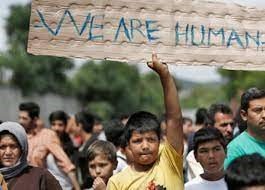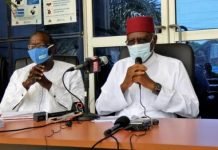By Abibatou Ceesay
The International Organization for Migration defines migration as the movement of a person or a group of persons, either across an international border (international migration) or within a state (internal migration).
Accordingly, a migrant is a person who moves away from his or her place of usual residence, whether within a country or across an international border, temporarily or permanently, and for a variety of reasons.
Safe, orderly and regular migration is the movement of persons in keeping both with the laws and regulations governing exit from, entry and return to and stay in states in line with states’ international law obligations, in a manner in which the human dignity and well-being of migrants by ensuring that their rights are respected, protected and fulfilled.
These reasons for migration could be classified into push and pull factors. Push factors including in search of better opportunities, water and sanitation, and the climate change and its impact, as well as the more ‘traditional’ drivers of forced displacement such as persecution and conflict.
Under the Universal Declaration of human rights (UDHR, 1948), all human beings, despite race, color, sex, religion or background have inherent rights that should be guaranteed and protected. These rights are inalienable and they include right to life, equality and non-discrimination, protection against arbitrary arrest and detention, protection against torture or inhumane treatment, protection against labor exploitation, right to social security among others.
Article 13 (1 and 2) of UDHR states that “everyone has the right to freedom of movement and residence within the borders of each state, and everyone has the right to leave any country, including his own, and to return to his country.”
Despite this, individual states also have a responsibility to protect and have domestic laws to decide who enters or leave their territories.
Article 14 (1 and 2) further states, that “everyone has the right to seek and to enjoy in other countries asylum from persecution.” This right may not be invoked in the case of prosecutions genuinely arising from non-political crimes or from acts contrary to the purposes and principles of the United Nations.
While migrants face a lot of human rights violations, irregular migrants tend to be more vulnerable to discrimination, exploitation and marginalization, denying them of their human rights and fundamental freedoms. These rights violations may include labor exploitation, violence, trafficking, inadequate health care, mistreatment in detention, and even killings.

Photo Credit: OHCHR
Despite the rights violation facing migrants across the world, Organizations like the International Organization for Migration, Amnesty International, and Human Rights Watch among others continue to advocate for safe, orderly and regular migration, and the protection of the rights of all migrants.














